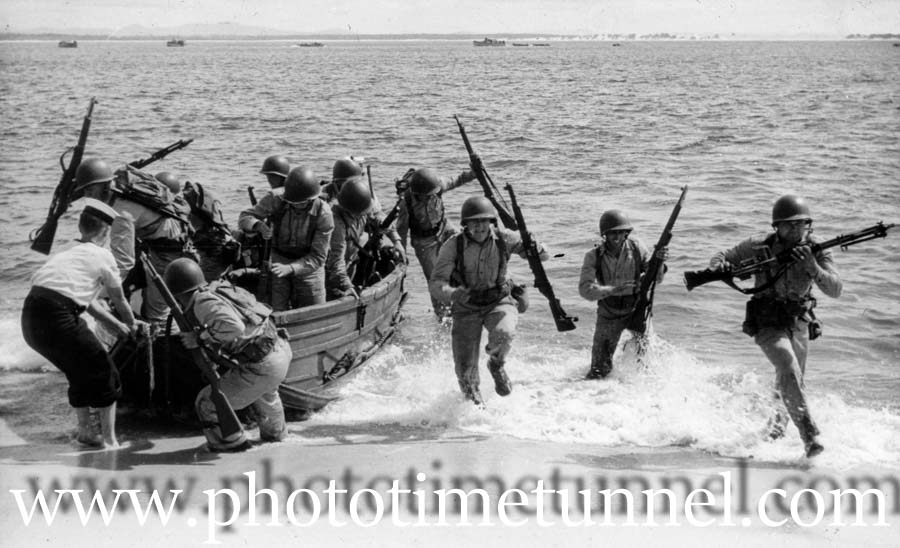Planespotters on the job in World War 2
ONE of Australia's military problems in World War 2 was trying to keep track of the movements of large numbers of aircraft over the giant land-mass. Planes, both friendly and hostile, crossed the skies at all hours, and it was important to try to keep tabs on as many of them as possible. A big part of the solution was the Volunteer Air Observers Corps, an organisation of thousands of civilian men, women and children who spent untold hours in observation posts they built on top of houses, on handyman-created towers in backyards, in the middle…



